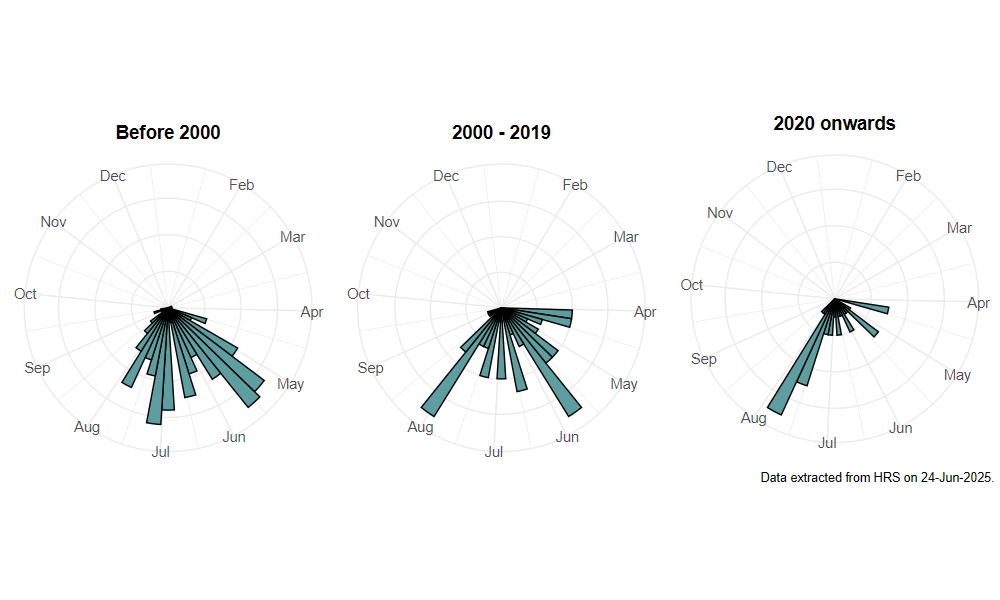Melangyna arctica (Zetterstedt, 1838)
Identification
Identification difficulty = 4. ![]()
![]() according to Ball & Morris, 20241
according to Ball & Morris, 20241
Synonymy
Syrphus arcticus Zetterstedt in Coe(1953)2.
Biology
The larva is aphidophagous, appearing to have a clear preference for Pterocallis ulnii on Alder Alnus glutinosa. Adults usually fly around foliage and flowers in trees, but can also be found visiting flowers at ground level. They usually occur in or near woodland, both coniferous and deciduous.
Flight period
The following plots show the number of unique records per week excluding those reported to be of immature stages.

Distribution
This is mainly a northern species with most records from Scotland and northern England. There are scattered records throughout Britain except for the East Midlands and south-east England. Any records from these areas must be extremely carefully scrutinised. Many of the losses appear to be from the southern parts of its range.

Trends
The following plots show the Frescalo TFactor vs year and a map of the rescaled frequency (all records) for the species.